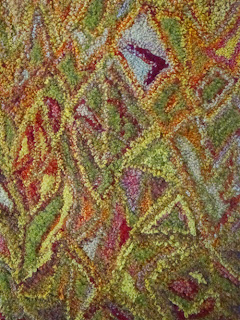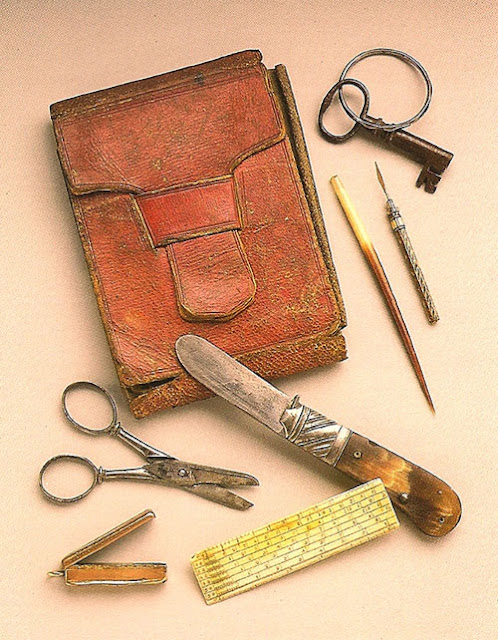 |
| Metropolitan Museum of Art |
When I was in New York, I spent two full days at the Metropolitan Museum of Art. I won't say that I scratched the surface, but needless-to-say, I didn't see everything, either. One part of the museum that should be on every one's list is the Temple of Dendur. It dates to 15 B.C., was a gift to the United States from Egypt, and is beautifully displayed, actually staged, in the Sackler Wing.
One thing that's interesting about the Temple of Dendur is that it is covered with 18th and 19th century Western graffiti. It's inescapable.
Of course some of this graffiti is itself historic, going back to European expeditions to Egypt.
The word "graffiti" comes the Italian word "graffiato," meaning "scratched." So this is graffiti in its truest sense. At some level, graffiti has always been a reflection of the human need for imortality. Archeologists found the words "Lucius pinxit" (Lucius painted this) on a wall of Pompeii, and similar graffiti abounds from ancient times.
The relative newness, though, of this graffiti is disturbing to me. Seeing so much graffiti on the Temple of Dendur makes me wonder whether the Egyptians smiled to themselves and said, "Let's give them what they've already claimed so many times."
As I said, I visitied the Metropolitan Museum of Art,
but I won't say that I scratched the surface.
.



















































